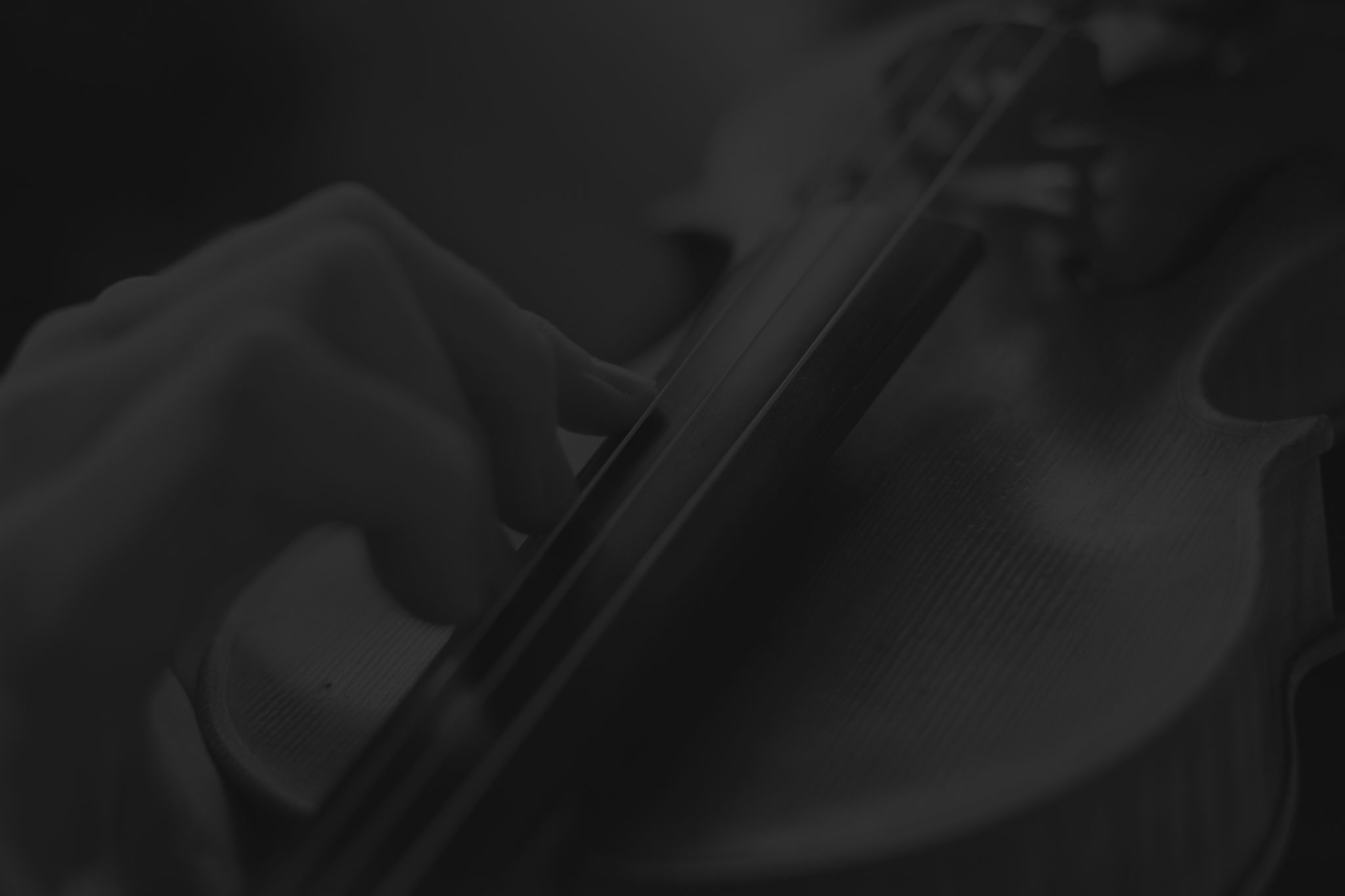Feargus Hetherington—repertoire

Programme Note
Bruch — Violin Concerto no.1 in G minor Op.26
Violin Concerto No.1 in G minor Op.26 ‒ Max Bruch (1838 ‒ 1920)
I Vorspiel: Allegro moderato
II Adagio
III Finale: Allegro energico
Max Bruch's enduring masterpiece ‒ the First Violin Concerto ‒ received its official premiere in Bremen in 1868, given by the pre-eminent German violinist, Joseph Joachim. The thirty-year-old composer had, however, worked over a period of at least two years to revise the concerto; it had been performed in its original incarnation as early as 1866.
That this concerto has frequently been coupled on modern-day recordings with the Mendelssohn Violin Concerto in E minor of 1845 might have much to do with their truly lyrical and heartfelt characters. Other similarities pervade, however: Mendelssohn's bold inspiration with regard to musical structure could easily have had an impact on the young Max Bruch's endeavours some decades later. Both composers abandoned the tradition of an extended orchestral introduction, preferring to involve the violin soloist virtually from the outset. In spite of a successful precedent, this was nevertheless a brave decision on Bruch's part, since the already famous Joseph Joachim was known for his conservative views on form and structure. Evidently, the quality of Bruch's conception won outright, since even Bruch's own reservations about the first movement's unconventional form prompted Joachim to encourage, not discourage, his structural decisions.
Bruch's marking Vorspiel (Introduction) is apt. Improvisatory in nature, the opening music in both orchestra and solo violin nevertheless initiates a mood of introspection, as if searching for the character and sonority of the violin and its collaborator, the orchestra. Both orchestra and violin soloist are given the time and the freedom to establish a presence and a timbre. The establishment of a robust pulse is created by the 'long-short' rhythm introduced by the cellos and basses, which resembles a similar rhythm heard from the outset. When the music begins to ease into a song-like character, the interplay between violin soloist and orchestral violins becomes kaleidoscopic in effect. The soloist descends whilst the orchestral violins ascend. This is followed by imitation of the solo line in the 1st violin section while the solo part is now on the ascent. Bruch then marks the score Un poco piu lento (a little more slowly) and this becomes the lyrical heart of the first movement, signalling the style of much of the music to come in both second and final movements ‒ soulful, sweeping, introspective yet courageous.
Perhaps it is the abrupt return to the rhythmic theme - foregoing a formal development ‒ which most concerned Bruch and prompted a response from Joachim. However, Joachim's appreciation of the entire concerto's qualities led him to make concessions to form and structure. Bruch (again inspired by Mendelssohn's example?) proceeds in creating a seamless, spellbinding transition to the second movement.
The Adagio presents a melody of great tenderness, with eloquent counterpoint, notably in the violas and first violins. The establishment of a greater rhythmical foundation is again aided by the cellos and basses, since their gentle pizzicatos facilitate the music's flow, and open the door to the trading of motives between solo violin and its woodwind/horn counterparts. A new musical subject, descending by a third, then a fourth and finally a fifth, is heard in the bassoons and horns, then in the flute and oboe, decorated by solo violin. The movement, overall, is in Eb major. Bruch's shift from its Dominant of Bb major into Gb major is arresting and beautiful. The orchestral violins play the theme in this seemingly distant key, and the solo violin is then heard an octave higher. Breadth and volume develop from this place of intimacy, but as the movement draws to a close, the theme seems to be suspended, and reluctant to find its repose. A long pause is followed by the marking of three pianissimos (ppp) in the strings and horn and the final ascent of the solo violin ebbs, falls, and dies away.
Bruch's exciting Finale ‒ Allegro energico has more than a little Hungarian Dance style and fervour about it. It is worth noting that Brahms' Violin Concerto, which possesses a Finale theme of similar rhythmic vigour, also in double-stopped thirds, was completed just ten years after Bruch's. The large leaps in the second main theme are almost operatic in their character, and Bruch marks the violin solo part to be played on its lowest string for richness and depth of tone. The virtuosic passage work is always melodic, and faithfully ornaments the orchestral lines. The high, singing music here echoes the soulful sweep of the first movement's melodies, lending a unity to this concerto which Joachim found so convincing. Stringendo (becoming faster) and a final Presto render the music unstoppable as it drives to a conclusion of great elation.
Celebrating his 75th birthday in June 1906, Joseph Joachim had this to say: 'The Germans possess four violin concertos. The greatest, the most uncompromising, is Beethoven's. That by Brahms vies with it in seriousness. The richest, the most alluring was written by Max Bruch. But the most inward, the heart's jewel, is Mendelssohn's.'
Simply to be included in this illustrious list is testament to Bruch's remarkable conception, but perhaps also to his dedication, overall, to the violin literature; his Scottish Fantasy of 1880, and two further violin concertos, each a fine work in its own right, exemplify this.
Feargus Hetherington 2015

 MENU
MENU
